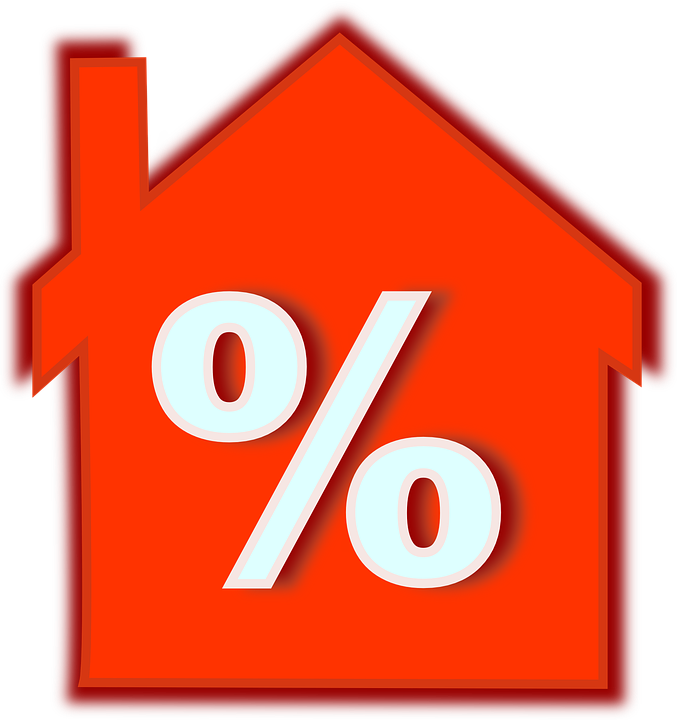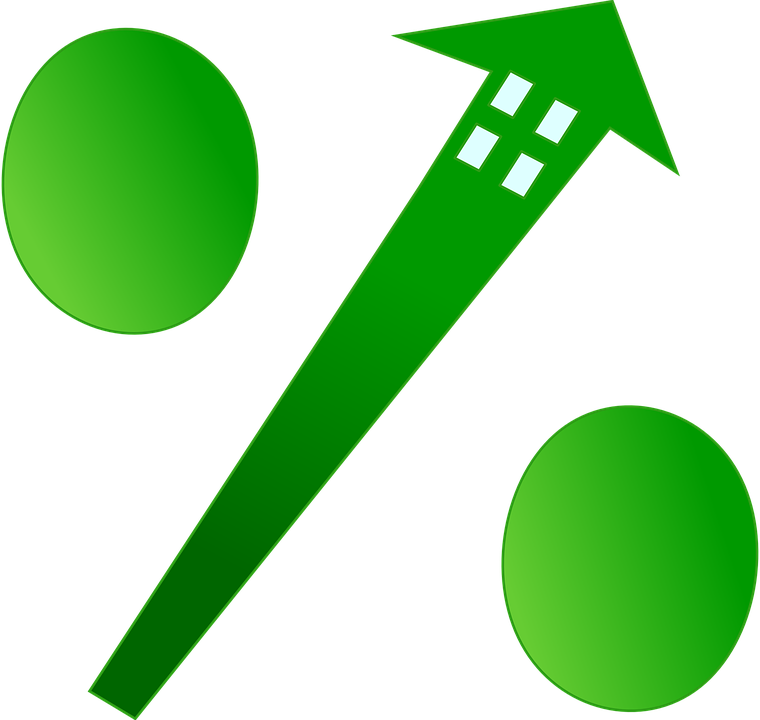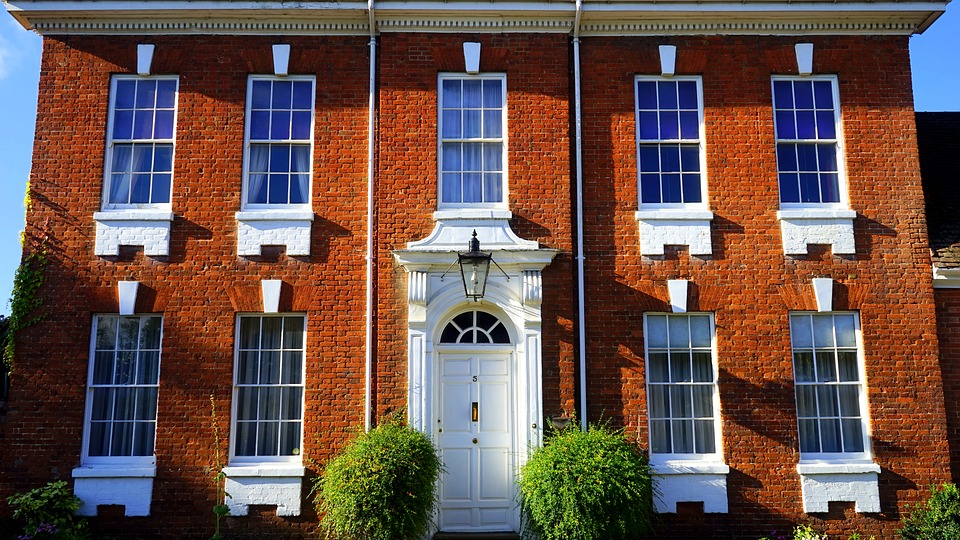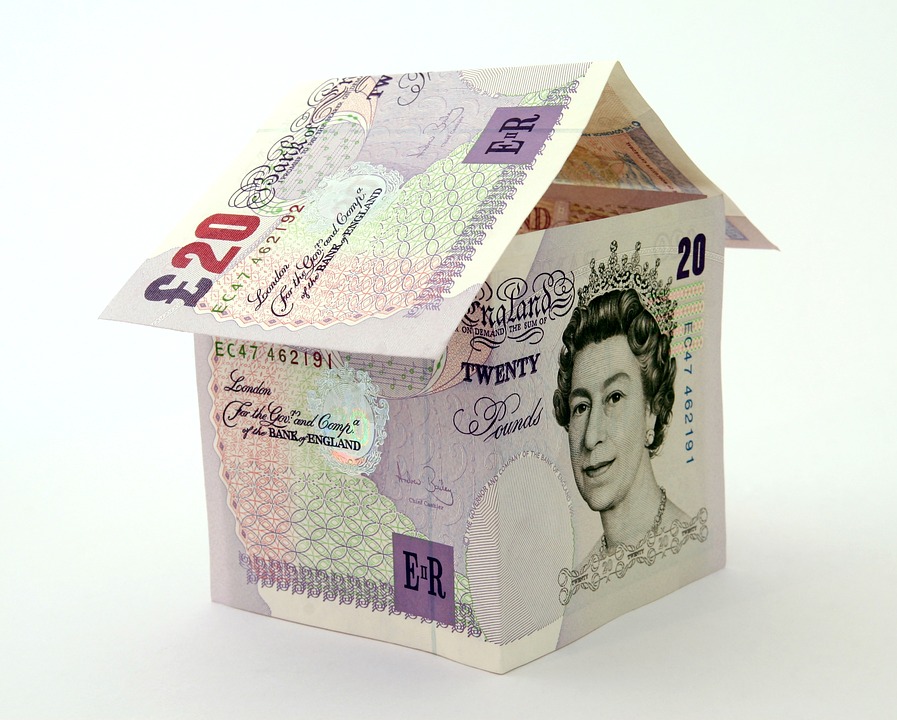Annual house price growth eased to 10% in September, from 11% in last month, according to the latest house price index from Nationwide.
On a monthly basis, house prices rose by 0.1%, after taking account of seasonal effects. As a result, house prices remain 13% higher than before the pandemic began in early 2020.
Wales was the strongest performing region with house prices up 15.3% year-on-year, the highest rate of growth since 2004.
Price growth remained elevated in Northern Ireland at 14.3% and growth in Scotland picked up to 11.6% in Q3, in contrast to the previous quarter when it was the weakest performing part of the UK at 7.1%.
Contact us today to speak with a specialist Commercial Finance Broker to discuss how we can assist you
England saw a slowing in annual house price growth to 8.5%, from 9.9% in Q2. Price growth in northern England continued to exceed that in southern England.
Yorkshire & Humberside was the strongest performing English region for the second quarter in a row, with prices up 12.3% year-on-year, followed by the North West, which saw an 11.4% rise.
London was the weakest performer, with annual growth slowing to 4.2% from 7.3% last quarter. The surrounding Outer Metropolitan region, which includes places such as Luton, Watford, Sevenoaks and Woking, also saw a softening to 6.8%, down from 8.2% in Q2.
Robert Gardner, chief economist at Nationwide, said: “House prices have continued to rise more quickly than earnings in recent quarters, which means affordability is becoming more stretched.
“Raising a deposit remains the main barrier for most prospective first-time buyers. A 20% deposit on a typical first-time buyer home is now around 113% of gross income, a record high.
“Due to the historically low level of interest rates, the cost of servicing the typical mortgage is still well below the levels recorded in the run up to the financial crisis. However, even on this measure, affordability is becoming more challenging.
“For example, if we look at typical mortgage payments relative to take home pay across the country, it is notable that in the majority of UK regions (10 out of 13) this ratio is now above its long-run average. By contrast, pre-pandemic, this was only the case in one region (London).
Read about the UK Housing Market via our Specialist Residential & Buy to Let Division
“Recent price patterns suggest an element of rebalancing is occurring where most of the regions that have seen the strongest price growth are those in which affordability is still close to or below the long run average.
“As we look towards the end of the year, the outlook remains uncertain. Activity is likely to soften for a period after the stamp duty holiday expires at the end of September given the incentive for people to bring forward their purchases to avoid the additional tax.
“Moreover, underlying demand is likely to soften around the turn of the year if unemployment rises as government support winds down, as seems likely.
“But this is far from assured. The labour market has remained remarkably resilient to date and, even if it does weaken, there is scope for shifts in housing preferences as a result of the pandemic – such as wanting more space or to relocate – to continue to support activity for some time yet.”
Sundeep Patel added: “With the modest slowdown in annual house prices to 10.0% in September, from 11.0% in August, it’s widely felt UK house prices peaked at the height of Summer and will now start to stabilise as we move into the Autumn.
“Government support and tax reliefs certainly helped to inflate house prices this year and in some areas demand is still at record levels.
“However, with stamp duty and furlough winding up, and the Bank of England deliberating to whether to raise interest rates, the bubble created by frenzied property buying is soon likely to pop.
“That said, demand for buy-to-let has been on the rise in certain regions lately as property investors bid to capitalise on local prices doing well in the post-pandemic market.
“Even with the prospect of activity calming, there will be a widening gap for specialist lenders to cater to the ever-changing financial needs of borrowers.”
Nigel Purves said: “Whilst there was a slight cooling in house price growth, house prices remain far higher than before the pandemic – causing major affordability issues for aspiring homeowners.
“With the stamp duty holiday drawing to a close and the government’s pandemic support coming to an end, most would-be buyers don’t have an easy road ahead.
“Average deposits are sat at £60,000, and strict lending criteria mean that the low mortgage rates aren’t available or accessible for most people.
“If we’re going to see real and lasting change for the UK’s reluctant renters, there needs to be focus on a pushing the market to adopt a more flexible, innovative, and realistic approach that will help a greater number of people take their first step onto the ladder.”
By Jake Carter
Source: Mortgage Introducer
Discover our Commercial Mortgage Broker services.







